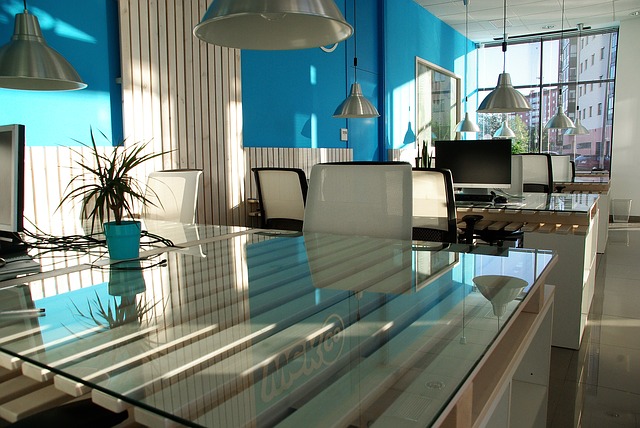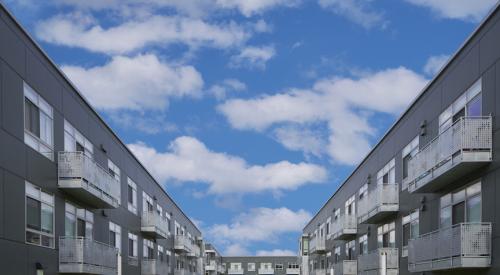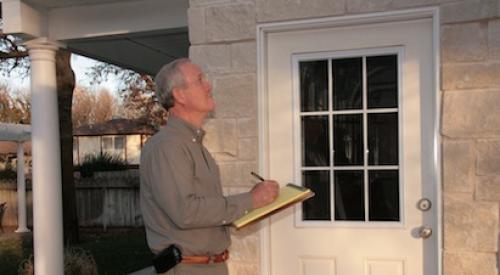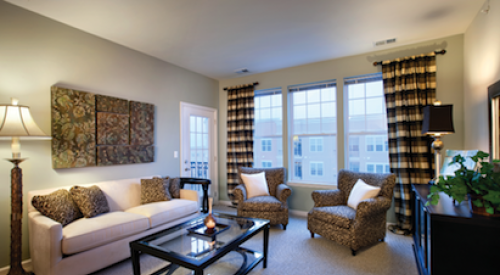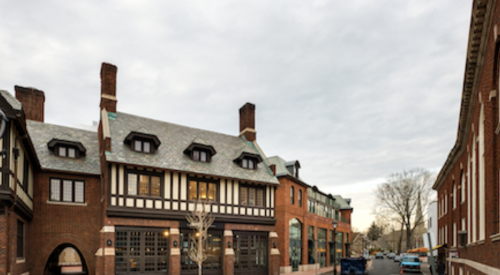In a bid to lure the kind of young, well-educated, relatively high-earning residents who are most likely to do remote work, developers are increasingly offering coworking space as a residential amenity. They're integrating conference rooms, lounge areas, and lightning-fast Wi-Fi into their new condo and rental buildings, and even going back to previously built ones to add those amenities.
“The percentage of people that work in the office 40 hours a week is dwindling—and that means they need a network of locations to get their work done,” says Julie Whelan, head of occupier research for commercial real estate firm CBRE. Her company predicts that "flex space," which includes coworking companies like WeWork and Industrious, could account for as much as 20% of total U.S. office space by 2030.
Whelan says, today's workers often need a "third place of work"—in addition to the office and their living space. From 2005 to 2015, the number of U.S. workers who did at least 50% of their work either at home or at some location other than their office grew by 115%, according to the 2017 State of Telecommuting in the U.S. Employee Workforce report.
So why not have a place that straddles living spaces and work spaces?
“I didn’t want to always work at coffee shops and pay a monthly fee to rent a space elsewhere, so it was nice just to have a coworking space right in the building,” says Katie Nguyen, a freelance creative consultant who chose to live in The Sinclair apartments in Chicago in part because it has a designated working space for residents.
